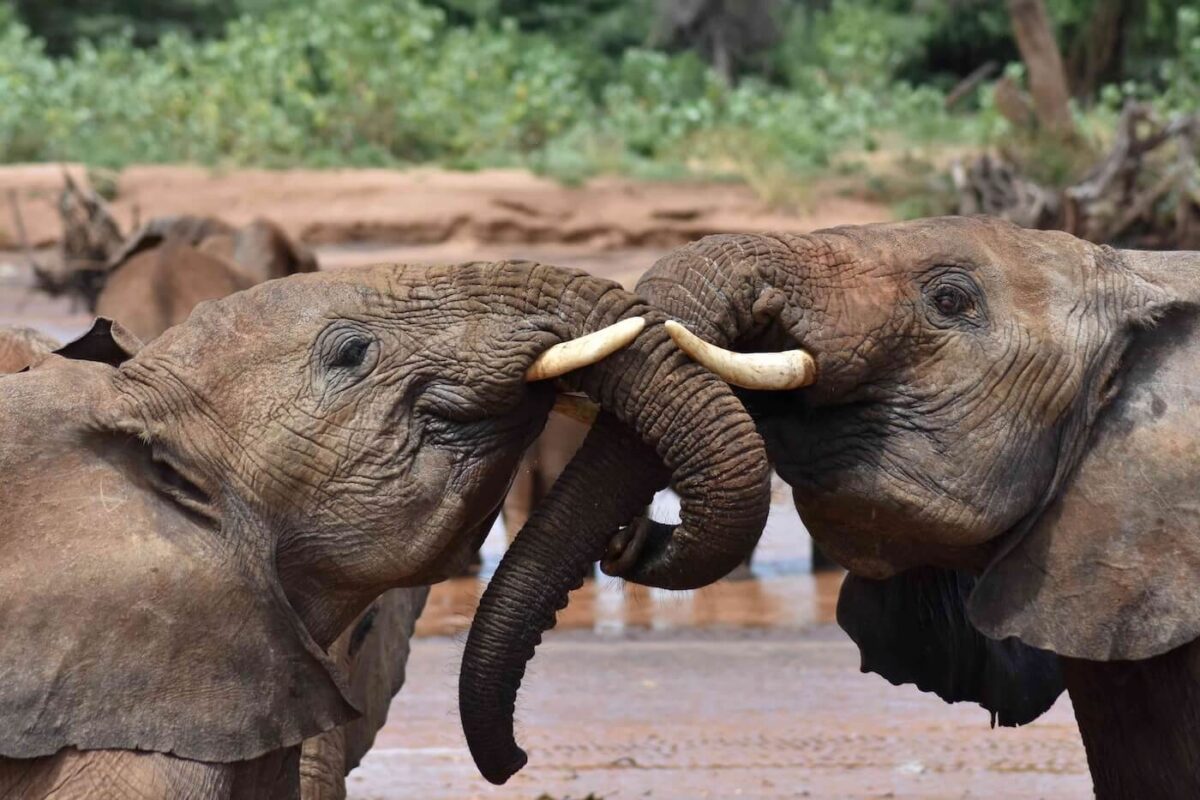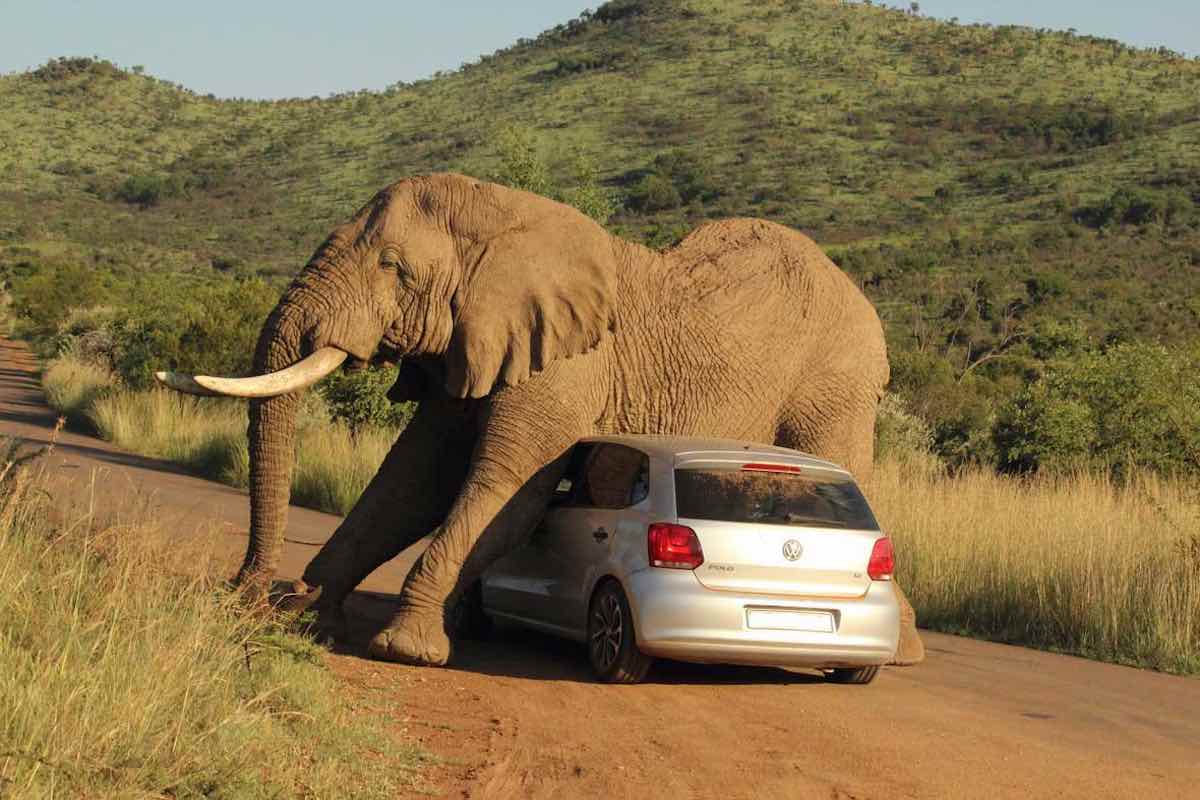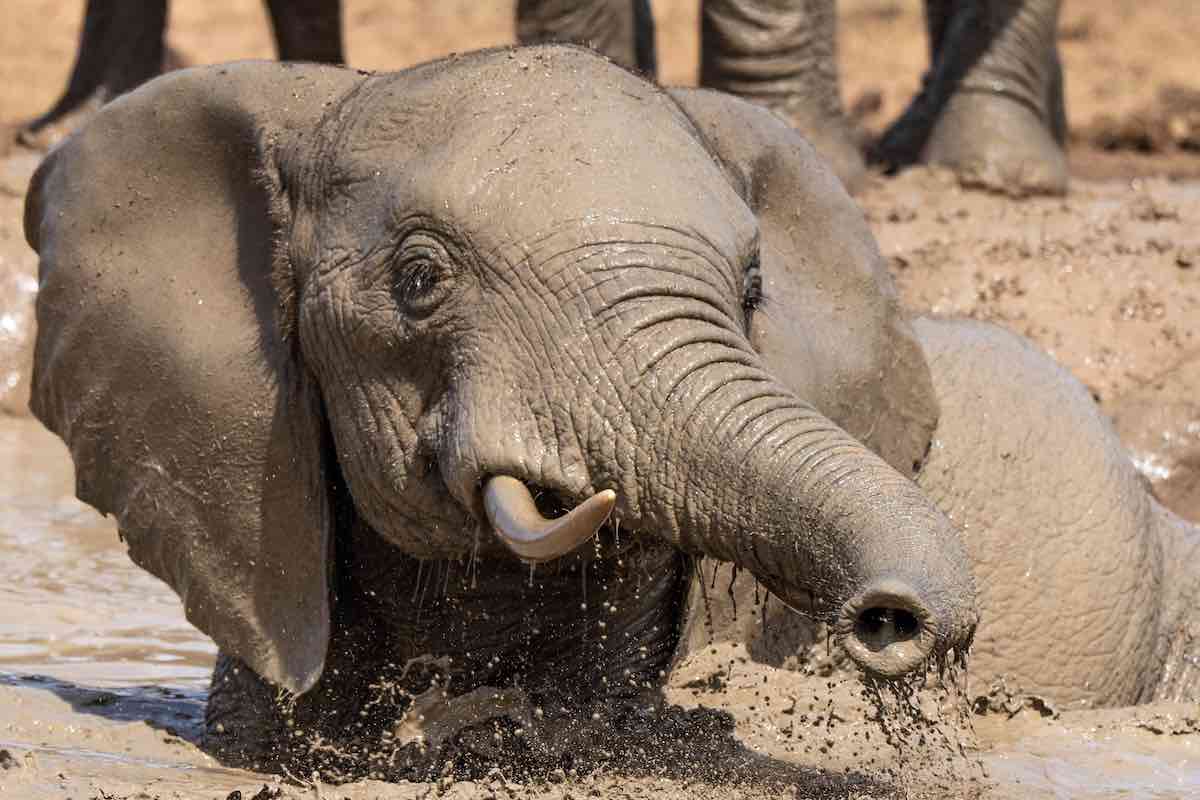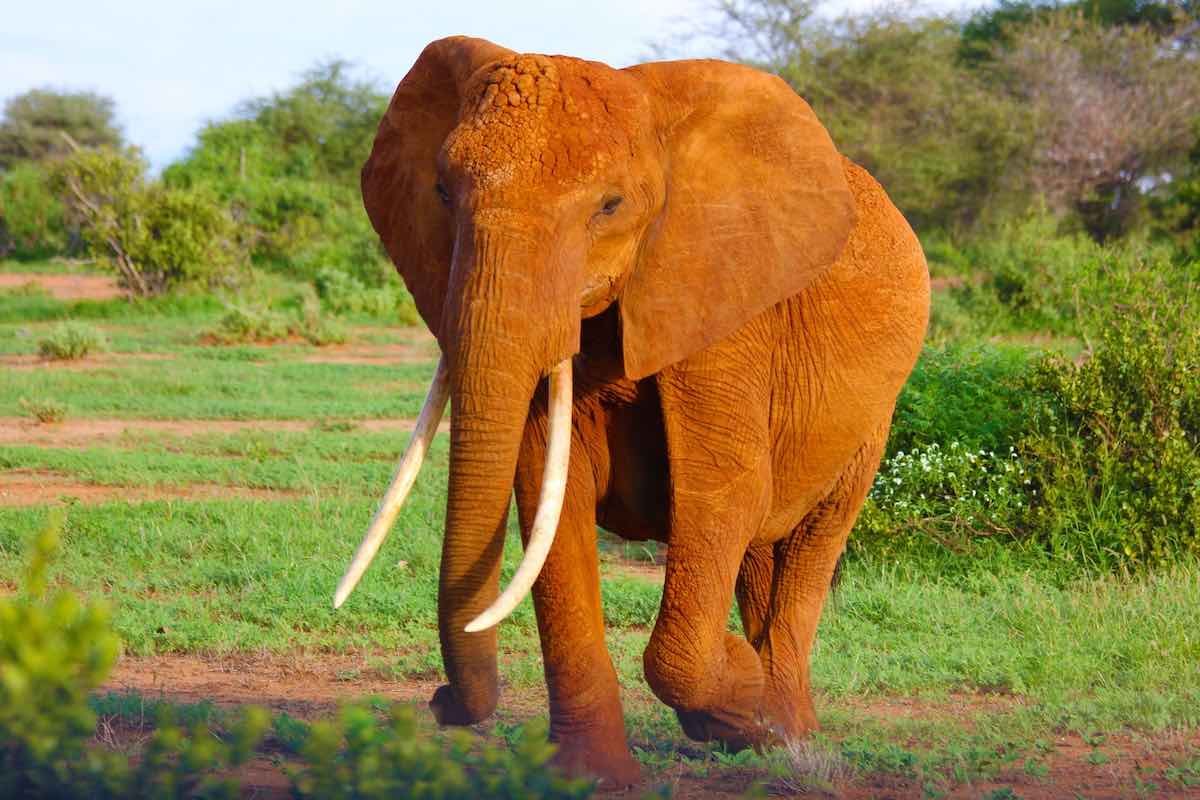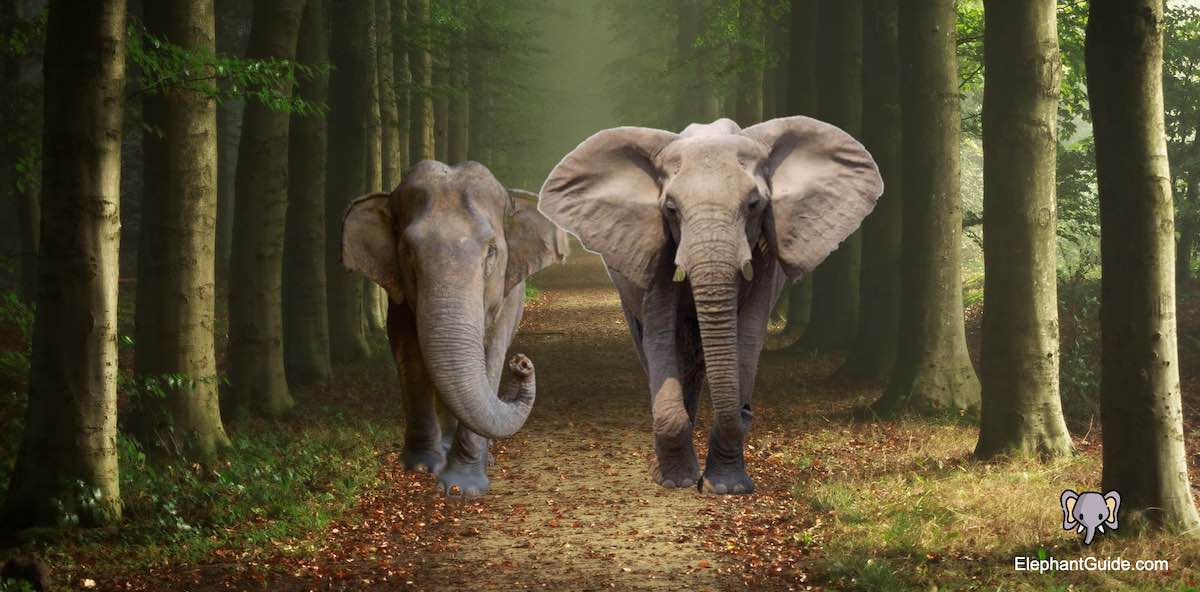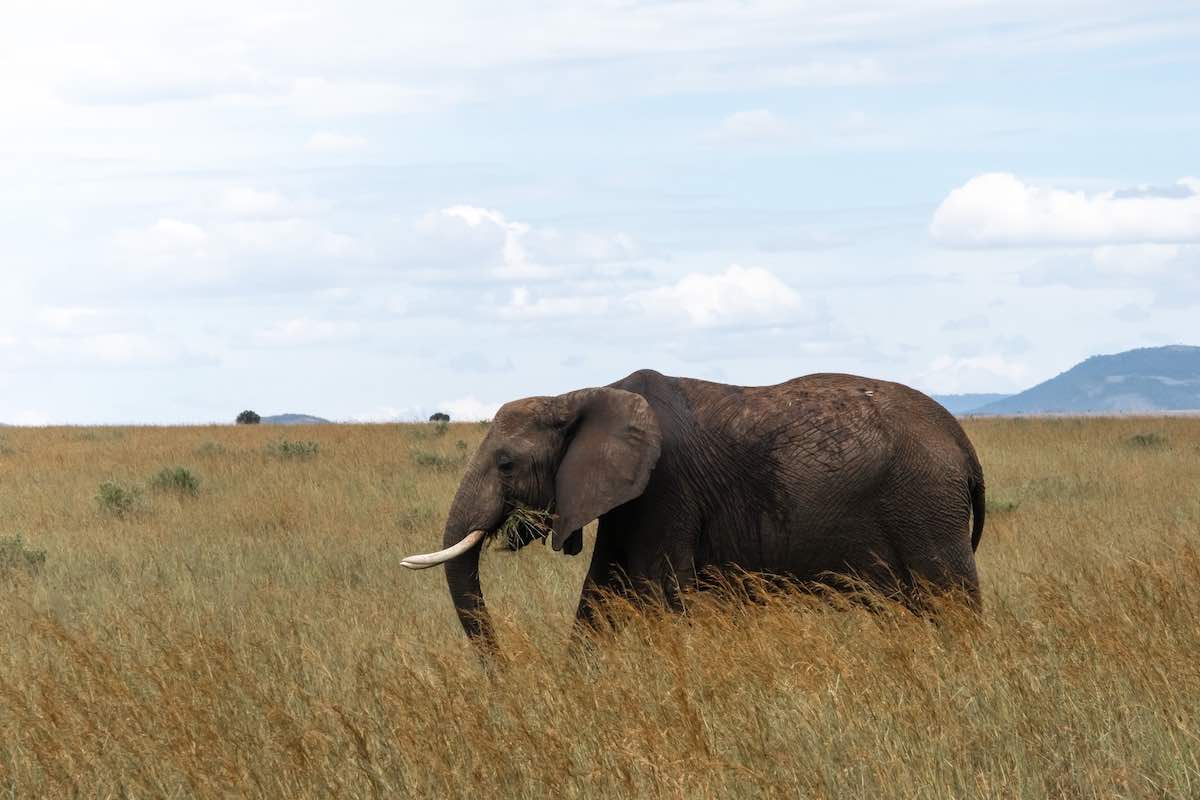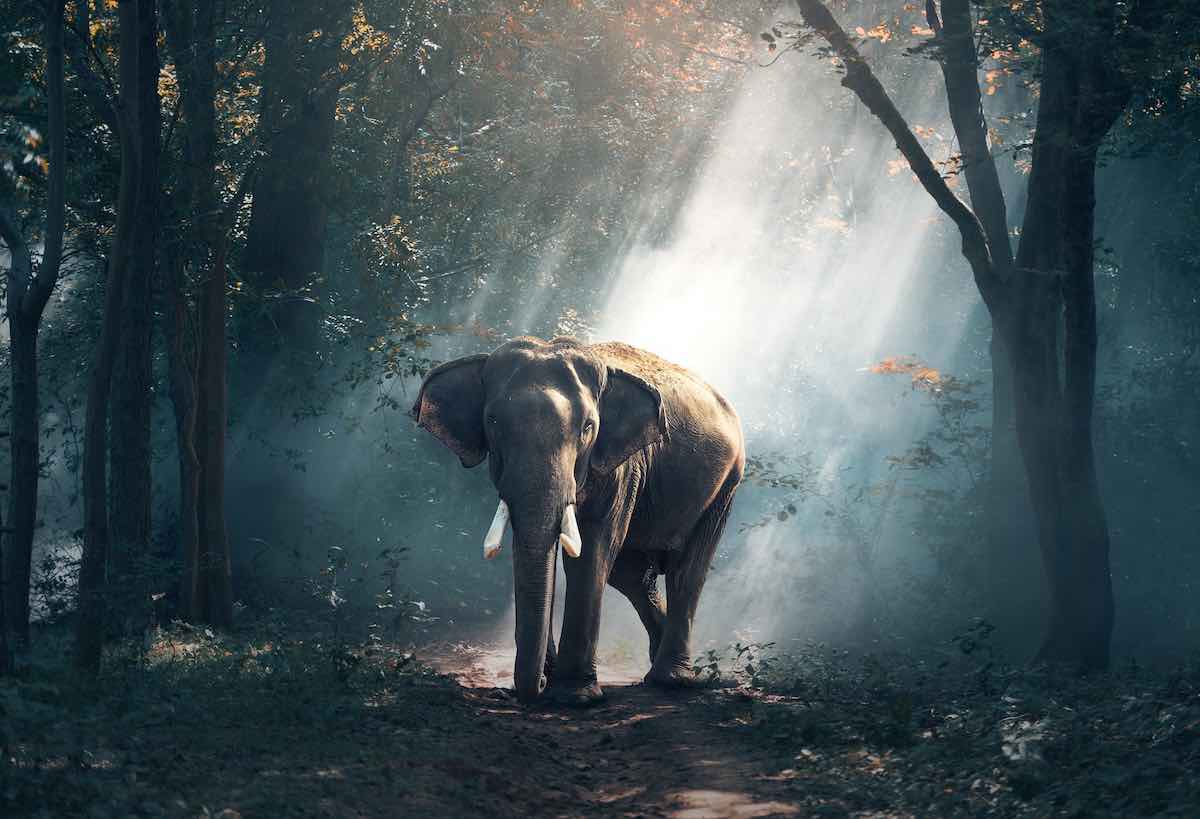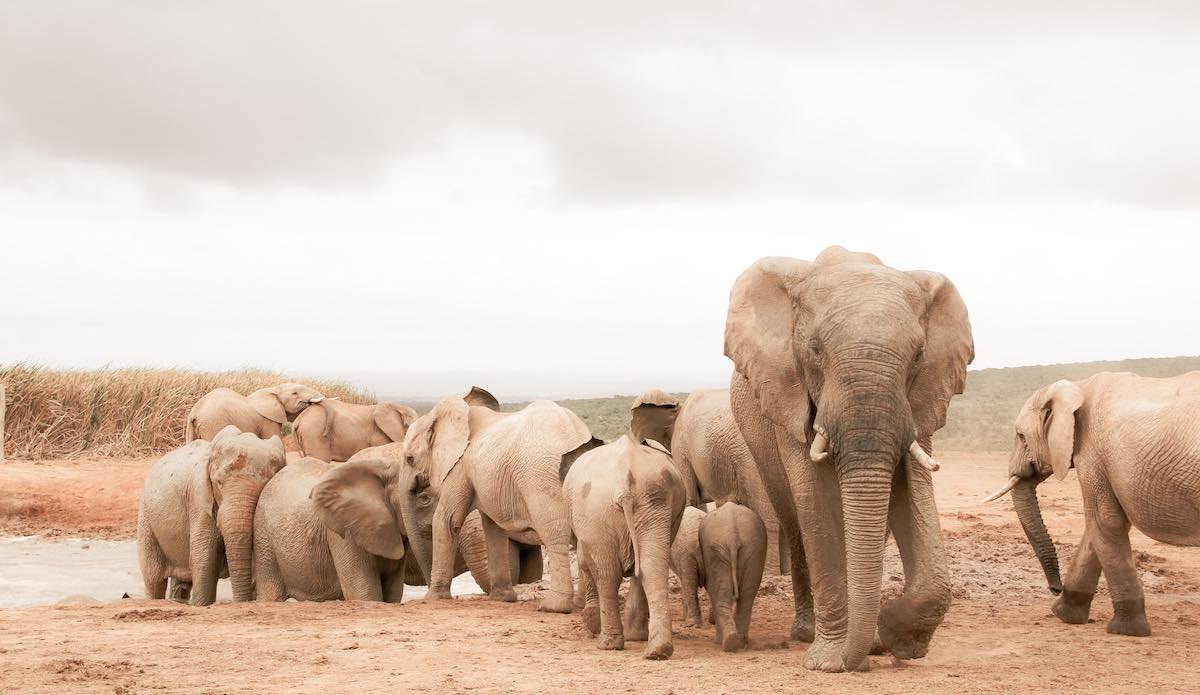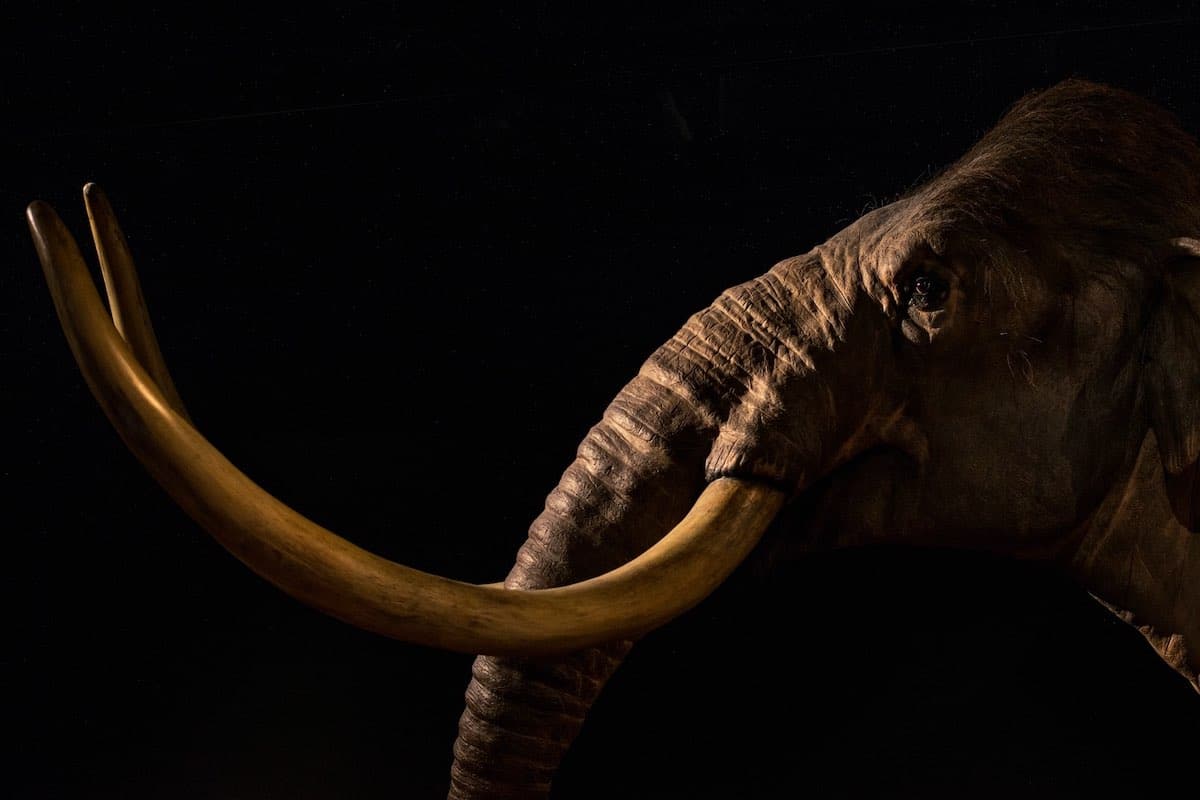Recent studies reveal a catastrophic 90% decline in forest elephant populations since 1990, highlighting the urgent need for species-specific conservation strategies.
For decades, scientists and wildlife enthusiasts viewed African elephants as a single species. However, groundbreaking genetic research has revealed that Africa is home to two distinct elephant species: the African bush elephant (Loxodonta africana) and the African forest elephant (Loxodonta cyclotis). This distinction, officially recognized by the IUCN in 2010, has revolutionized our understanding of elephant evolution, behavior, and conservation needs.
The differences between these two species extend far beyond their habitats. From the massive bush elephants roaming the savannas of East Africa to the smaller, more elusive forest elephants navigating the dense rainforests of Central and West Africa, each species has evolved unique characteristics that reflect millions of years of adaptation to their respective environments.
For wildlife enthusiasts planning African elephant viewing experiences, understanding these species differences is crucial for choosing destinations, timing visits, and appreciating the remarkable diversity within African elephant populations.
The seasonal patterns that govern elephant movements vary dramatically between species, making species-specific knowledge essential for successful wildlife viewing.
